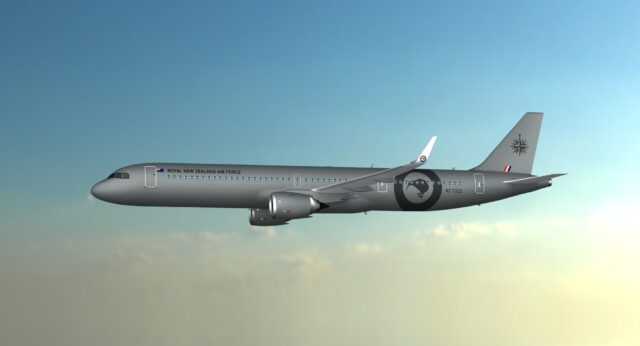Astrobotic uses Ansys to prepare for lunar mission
Astrobotic’s Peregrine lunar lander is poised to make one of the first CLPS deliveries to the Moon, leveraging Ansys DME and multiphysics simulation solutions.
Scheduled to launch in early January…

Astrobotic’s Peregrine lunar lander is poised to make one of the first CLPS deliveries to the Moon, leveraging Ansys DME and multiphysics simulation solutions.
Scheduled to launch in early January and land in late February, Peregrine will ferry 20 payloads from seven countries and will help NASA explore the lunar surface to prepare for human missions as part of the Artemis programme.
To reach the Moon, spacecraft traverse a hostile cislunar environment featuring extreme temperatures, unanticipated space weather phenomena, high levels of radiation, and a multitude of unknowns.
The craft must be durable enough to withstand intense load-case scenarios during flight and landing, while remaining light enough to carry enough fuel for the journey.
Because it is impossible to replicate these conditions with a physical prototype on Earth, Space 2.0 companies rely on Ansys’ virtual design and mission planning to validate their technology and to maximise the chances of mission success.
With support from Ansys Elite Channel Partner, SimuTech Group, Astrobotic used a suite of Ansys solutions to enhance spacecraft design and predict performance across all phases of the complex mission:
- Astrobotic harnessed Ansys’ topology optimisation capabilities to help design a lander with mass savings of up to 20% while meeting structural durability criteria.
Engineers used Ansys Mechanical to help evaluate performance under extreme structural loads during the launch and transit, and the impact of shock, vibration, and fluid transients during powered descent.
Astrobotic engineers used Ansys Discovery to mature the design for stress, reduce mass, and optimise Peregrine for assembly.
Using Ansys Thermal Desktop, Astrobotic analysed the complex cislunar orbit and trajectory options across diverse thermal environments and spacecraft altitudes. This enabled the mission planning team to determine the most suitable launch and landing opportunities.
As Peregrine travels farther from Earth, the integrity of the antenna and radio signal are critical for communications and orbit trajectory tracking. Astrobotic implemented Ansys HFSS to design the antenna radiation patterns to ensure maximum signal strength.
“Ansys solutions helped us design and validate an innovative lander within a strict mission timeline that a manual approach would not have met,” said Sharad Bhaskaran, mission director, Astrobotic.
“Peregrine is poised to be one of the first US spacecraft to land on the Moon since Apollo, so we put it through rigorous testing to ensure it has the durability to withstand extreme cislunar conditions.
“With expert engineering guidance from SimuTech and Space Exploration Engineering, we are confident the Peregrine is ready to pave the way for the future of lunar operations.”
Space Exploration Engineering (SEE), an aerospace firm specialising in planning space missions, mission analysis, and flight dynamics, leveraged Ansys’ DME capabilities to support the mission.
Using Ansys Systems Tool Kit (STK), SEE experts worked as part of the Astrobotic Flight Dynamics team to plan Peregrine’s mission, trajectory, and manoeuvres.
The Astrobotic team used Ansys Orbit Determination Tool Kit (ODTK) to track the lander’s orbital trajectory and used STK to plan manoeuvres and course corrections to achieve an accurate approach to the final landing site.
SEE engineers augmented the existing mission capabilities by running the flight dynamics system, AstroFDS, which provides crucial automation of interfaces, workflows, and configuration control of Ansys ODTK and Ansys STK.
“Flying to the Moon is no easy undertaking because there are innumerable variables and scenarios that must be tested,” said John Carrico Jr, owner and chief technology officer, Astrogator and technical advisor, SEE.
“Our collaboration with Ansys helps customers like Astrobotic account for cislunar environments through predictively accurate, reliable simulations and real-time guidance from experts with a track record of success.”
“As one of the first CLPS missions, the Astrobotic Peregrine lander serves as de facto pathfinder,” said Shane Emswiler, senior vice president of products at Ansys.
“Astrobotic needed Peregrine to perform predictably in a hostile environment, and there is no way to do that with only physical testing on Earth. Ansys has a long history of providing high-fidelity simulation solutions to civil, defence, and commercial programmes, repeatedly proving reliability in uncertain conditions.”
Image: Ansys video grab
Subscribe to the FINN weekly newsletter
















